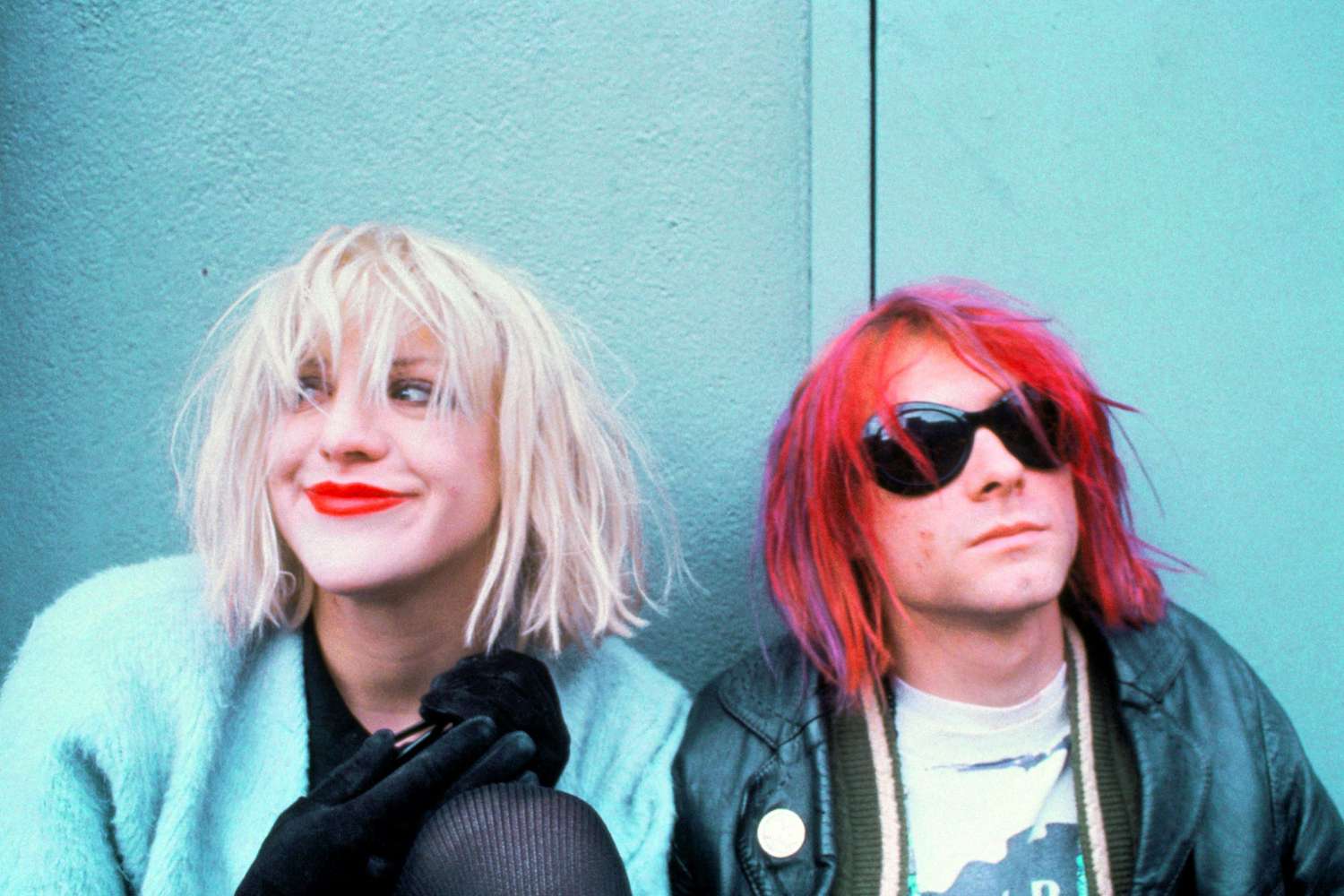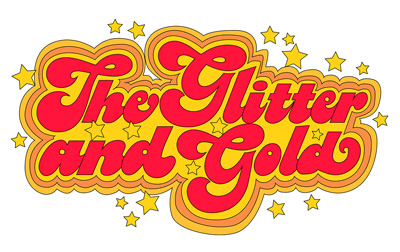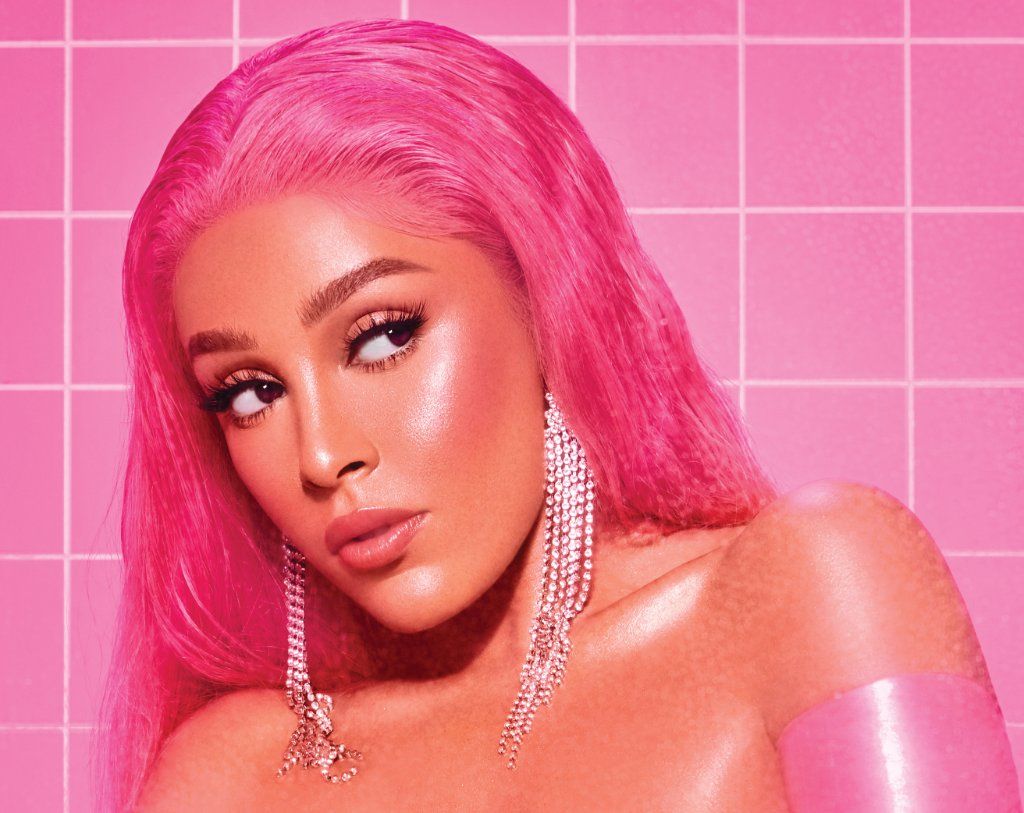On April 5 1994 Kurt Cobain took his life. With the pull of a trigger came the full blast of a 20-gauge shotgun. His death shocked millions. And while it has now been more than 27 years since Cobain joined the 27 Club, his legacy is capturing the imagination of a whole new generation of fans. Kurt Cobain was a grunge icon, a punk idealist, a heavy metal frontman, a feminist, a peerless songwriter, and a photogenic rocker. Adding to the list in 2021, he is also a Gen Z influencer.
How Gen Z sees Kurt Cobain
The way Gen Z interacts with Kurt Cobain can seem confusing to older fans. People aged 18 to 24 have taken his myth and adapted it to their own worldview. These fans have grown up with the legacy of Kurt Cobain. Their reverence for Cobain comes close to eclipsing the music of Nirvana and the reputation of the band’s era-defining album Nevermind itself.
In short, Kurt’s cool. Examining his legacy reveals several fascinating insights. Many of these say as much about the hopes, dreams and, desires of Generation Z as they do about Cobain himself.

Gen Z celebrates the fact Kurt Cobain wore dresses
In April American rapper Kid Cudi made headlines after appearing on Saturday Night Live. The reason? He did so wearing a replica of a floral dress Kurt Cobain famously wore on the 1993 cover of fashion magazine The Face. “I wanted to show love to Kurt [with] a floral print sundress,” the rapper later Tweeted, “and [my designer] made a masterpiece.”
This is no isolated event. Kurt Cobain’s dress-wearing has been a widespread topic of discussion in recent months. Many younger fans have begun to connect Cobain’s feminine fashion sense with a string of prominent male pop stars challenging gender norms through the use of women’s clothing. Most famously, Harry Styles donned a dress on Vogue‘s December issue in 2020. The 1975 frontman Matty Healy frequently wears vintage dresses live. Post Malone also donned a dress for his 2020 Nirvana tribute livestream concert.
@cutewh0re55 Can we just appreciate this feminist king 👩❤️💋👩💗 #greenscreen #nirvana #kurtcobain #nirvanafans #feminism #feminist #respectwomen #fyp
Why Kurt Cobain wore dresses
“I like to wear dresses because they’re comfortable,” Kurt Cobain told Melody Maker in December 1992. “There’s nothing more comfortable than that cozy flower pattern… It just feels comfortable, sexy and free wearing a dress. It’s fun.”
In 1991 Kurt Cobain wore a vintage canary-yellow ball gown on MTV’s popular heavy metal program Headbangers Ball. He also wore a dress in several scenes of Nirvana’s music video for ‘In Bloom‘. In January 1993, Cobain performed in Rio de Janeiro in a tiara and a black slip-on dress. Later that year Cobain, alongside bandmates Dave Grohl and Krist Novoselic, also posed in a dress for the November issue of Mademoiselle Magazine.
Cobain frequently confessed to being more in touch with his feminine than male side growing up. This often put him at odds with the macho attitudes of others he lived alongside in the conservative North American logging town of Aberdeen. In addition to a fascination with women’s clothes, Cobain also experimented with makeup from a young age. As an adult, he wore women’s underwear regularly around the house. Most famously he wore lingerie to an important meeting with music industry powerbroker David Geffen. What is more, he regularly dyed his hair blue, red, brown and bleached blonde.

Kurt Cobain in an early Nirvana Sub Pop press shot.
Cobain denied dresses were subversive
Despite challenging gender norms, Cobain denied his dress-wearing was a subversive act. In grunge biography Live Through This, author Evertt True notes that when asked why he wore dressers Cobain stated Queen had done so before. Kurt suggested it was more a matter of personal taste than a feminist statement.
While Cobain mentioned Queen it is likely Cobain, an ardent student of rock history, may also have drawn inspiration from another of his idols, David Bowie. Prior to his Ziggy Stardust fame, the British pop star regularly wore dresses around the period of his Hunky Dory and The Man Who Sold The World albums in the 1970s.

Was Kurt Cobain gay?
Kurt Cobain was supportive of gay culture. There is also evidence to suggest Cobain was bisexual. In 1992 he french kissed bandmate Krist Novoselic on Saturday Night Live.
“I’m definitely gay in spirit,” he told gay publication Advocate in February 1993, “I’m probably bisexual.” Biographer Christopher Sanford states Cobain is thought to have experimented sexually with other men during his youth and while on tour with Nirvana in Europe during the early ’90s. One source informed Sanford Cobain confided he had previously had sexual encounters with three to four men.

Kurt Cobain had feminist ideals
Kurt Cobain was an individual. He went against society’s idea of what was normal. Many of these views resonate with how young people feel in 2021. Inspired by the feminist punk movement Riot grrrl, Cobain spoke openly about sexist attitudes in popular music. “It means women controlling their own lives,” he explained to Melody Maker in June 1992, “and me not standing in their way by being male.”
Cobain also worked to create greater visibility for women by covering songs of women-led bands and endorsing their music in interviews. He readily defended partner Courtney Love who was often criticized within the media and musical community. Nirvana songs ‘Rape Me’ and ‘Polly’ were written, in part, as commentaries on violence against women. Much of Cobain’s work fell deaf ears but in 2021 people are again reexamining the role of women in society and the systemic discrimination they face.
Can it be said Kurt Cobain was a feminist? Opinions differ. Those critical of Kurt Cobain suggest his public statements did not always translate into his personal life. In June 1993, Seattle police were called to investigate a domestic violence dispute at Cobain and Country Love’s home. Police later reported that they found Cobain choking Love. In Christopher Sanford’s 1995 biography Kurt Cobain another Seattle resident claimed to have been sexually assaulted by a drunk and overbearing Cobain.
Kurt Cobain as a Fashion Icon
When rapper Kid Kudi made his April Saturday night Live appearance he also made a second, less publicized, outfit change. While this second outfit choice did not make headlines it is worth noting. It was a cardigan closely resembling Cobain’s own.
Grunge’s anti-fashion fashion is presently seeing a resurgence in interest as part of a wider wave of interest in ’90s aesthetics. With superstars Rihanna and Kylie Jenner wearing vintage 90s pieces, it is not surprising cardigans resembling Cobain’s signature comfort wear have also come back into vogue. Clothing items closely modeled off Cobain’s wardrobe have recently featured in prominent clothing collections from Supreme, Celine, Vetements, and Gucci.
Cobain’s cardigans themselves are also fetching astronomical prices at auction. The grey Manhatten brand cardigan Cobain wore during his historic MTV Unplugged performance auctioned for an astounding $334,000 (US) in 2019. It had never been washed. This staggering price was topped only by Cobain’s MTV Unplugged guitar which previously fetched an astounding $6 million. Another cardigan, worn by the star during his last Nirvana photoshoot also sold for $75,000 in 2019.

Kurt Cobain on TikTok
Nirvana is popular on TikTok. At the time of writing videos containing the hashtag #Nirvana have amassed more than 828 million views. #KurtCobain claims 3.24 million. Covers are a staple of the video-sharing app and for many, it’s the simple chord progression of ‘Smells Like Teen Spirt’ they are all too eager to show off. According to music data company Chartmetric, ‘Smells Like Teen Spirit’ soundtracks more than 71,000 TikTok videos. Reflecting Gen Z’s fondness for songs about prescription medication, Nevermind‘s ‘Lithium’ comes in at a second with more than 9,000 videos. The third is ‘Something In The Way’. Fourth is the 1993 Nirvana single ‘Heart-Shaped Box’.
@jourdanaurianna I know by baddies got me 🥰🔥 #nirvana #trend #2020Wrapped
His subversive attitude
There are bigger forces at play. Every generation has its rebels. Outsiders who refused the labels and expectations society places upon them. These may be taken from the present or the past. Whether it’s Robin Hood or Thelma and Louise we look up to those who go against the established way of thinking.
Kurt Cobain was a rebel inspired by 1970s UK punk bands like the Sex Pistols and US bands like Flipper and The Melvins who followed on from the American hardcore punk movement of the 1980s. “Punk is musical freedom,” Kurt Cobain once wrote. “It’s saying, doing and playing what you want. Nirvana means freedom from pain and suffering in the external world and that’s close to my definition of punk rock.”
Both the UK and US punk movements informed the world that music was as much about attitude as sound. This sentiment could be tied into a bigger countercultural undercurrent going back to the Dada art movement and, let us face it, the dawn of human history itself. Cobain’s work was but another in the long line of eruptions of countercultural energy. When he wrote songs such as ‘Smells Like Teen Spirit’ he tapped into the eternal teenager within us all.

A Sub Pop promotional image of Kurt Cobain.
Montage of Heck
How did younger fans first discover Nirvana and Kurt Cobain? Besides all-important word of mouth and the music itself, Gen Z grew up with a Montage of Heck. The colorful, if not wholly factual, documentary struck a chord in the hearts of millions. While it may have played fast and loose with some elements of Cobain’s life – he probably did not sleep under abridge – it promoted his myth.
Nirvana may now also have sold more t-shirts than albums. It is through clothing and not just music or myth, that first introduced a generation of teens to Kurt Cobain. Through Nirvana’s widespread branding, which includes everything from posters to unofficial dog hoodies, Cobain has entered the minds of millions.
The continued success of David Grohl’s post-Nirvana band (and rock superstars) The Foo Fighters have also served to created awareness of Cobain’s work. The celebrity of Courtney Love and the public presence of Cobain’s daughter Francis Bean Cobain further ensure interest in the Nirvana legacy. Nirvana’s presence in the popular Guitar Hero and Rock Band video game series is also not to be discounted.
Grunge is to a new generation what Punk was to Kurt Cobain
Cobain’s impact on modern culture is wider than his dress sense. Grunge is to a new generation what punk was to Cobain. In an increasingly corporate culture, people gravitate to what is real. In a recent viral post on Quora fans discussed how even a pop star like Billie Eilish is considered by many as grunge. Phoebe Bridgers smashed her on Saturday Night Live easier this year. The move was no doubt a tribute to Cobain’s own equipment smashing antics, something he claimed he did simply because it felt good. In 2020 Post Malone hosted his before-mentioned Nirvana tribute live stream concert to much applause.

The End
“I was a seriously depressed kid,” Kurt Cobain told journalist Robert Hilburn in 1993. “There was a time when I thought I’d never live to see 21.” A year later he took his life at age 27.
Clinical depression and heroin addiction exacted a heavy price from Kurt Cobain. Another factor contributing to his death is believed to be the contradictions that accompanied his massive fame. While Cobain was a punk at heart he also idolized bands such as The Beatles, ABBA and Queen. “I wanted to be John Lennon,” he once stated.
While Cobain craved mainstream success he did not want to be seen as a sell-out. (Which is why Nevermind is followed by the close to indecipherable Incesticide.) Fame was a riddle Cobain could never solve. He wanted success more than anything but was never quite comfortable having it.
“When I was about 12,” he once recounted to journalist Everett True, “I wanted to be a rock ‘n’ roll star. I thought that would be my payback to all the jocks who got girlfriends all the time. But I realized before I became a rock star that was stupid.”
@lilliecobain hi #HalloweenLook #MyPFP #kurt #nirvanatiktok #fyp #lilliecobain #kurtcobain #cobain #nirvana #kurttok
The 27 Club
Kurt Cobain’s death was a multimedia spectacle. The press made him out to be a rock martyr. Those close to him were divided as to what it had all really meant. Nevertheless, the myth of the 27 Club was born and today continues to captivate the popular imagination.
People need a fallen hero. In ancient Greece, it was Achilles who fell to a single arrow. Jesus was crucified at 33. In the ’50s musicians, the Beatles included, worshipped Buddy Holly. During the 1970s focus shifted to Janis Joplin and Jimi Hendrix who both died of drug overdoses at the start of the decade.
“He’s hot, he’s sexy and he’s dead,” Rolling Stone proclaimed of Jim Morrison during the 1980s, a decade in which his band The Doors sold more records than Morrison ever had during his lifetime. Then in the ’90s, worship of Cobain took over. And while others like Amy Winehouse have entered the 27 Club since none have quite captured the collective imagination quite like Kurt Cobain.
Kurt Cobain wrote songs to last
Cobain was more than a myth and a media personality. He was a songwriter. He dug deep to uncovered truths. And if he had a knack for anything it was putting his own unique view of the world across in the music. And Cobain loved music. His own music drew on the catchy chord progressions of ABBA, Beatles, folk songs, and the underground records of his contemporaries. In a word, anything that sounded good. He expressed his emotional state, often one of frustration and heavy disillusion, in his music in a way that feels like it was subconsciously written.

What Kurt Cobain can teach us
“People,” the famous psychologist Sigmund Freud once declared, “both hate civilization and love it.” Kurt Cobain’s songs embodied this contradiction. He wanted fame and loathed it. This is a conflict that plays out in each and every one of us. The burden was ultimately too much for Cobain.
With Nevermind Nirvana won a massive audience. The world embraced the music of Kurt Cobain. But, much to his dismay, he found few amongst how millions of fans were ready to listen to his message. Fewer still were willing to change. Fans accepted the music but not the message. To the masses of fans, Cobain discovered he was just another rocker and Nirvana was just another faceless heavy metal band.
Kurt Cobain’s tragic death is what first captures many fans’ attention. But Cobain’s art and ideals are what holds it. His teen spirit spoke not just to his own generation, but to several more which followed. He remains a symbol of a free-living and a freethinking way of life. He was a champion for freaks and outsiders. His life continues to inspire others to be unafraid and to take their views and feelings to the world at large in the hope they can change it for the better.

Cobain onstage.
Final thoughts on Kurt Cobain
Cobain was fearless when it came to his choice of fashion. However, these bold statements of individuality were simply a small part of a greater attitude he embodied. While Kurt Cobain’s dream ultimately fell into the wayside of addiction, disillusion with the music industry and shattered dreams, another generation of youth is ready to take on the values that he stood for. The impact of his creativity – an impulse Cobain once likened to a “new age, f***ing cosmic energy-burning love” in his diary – remains vital as ever. But for all of his achievements, it is idealism and that casts the longest shadow.








